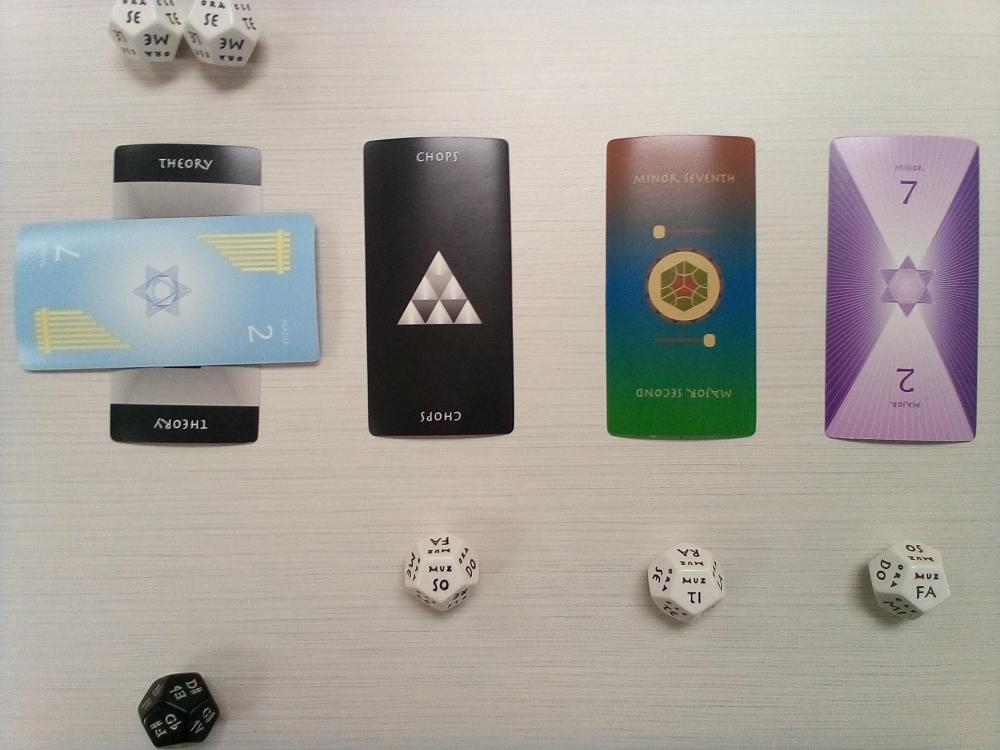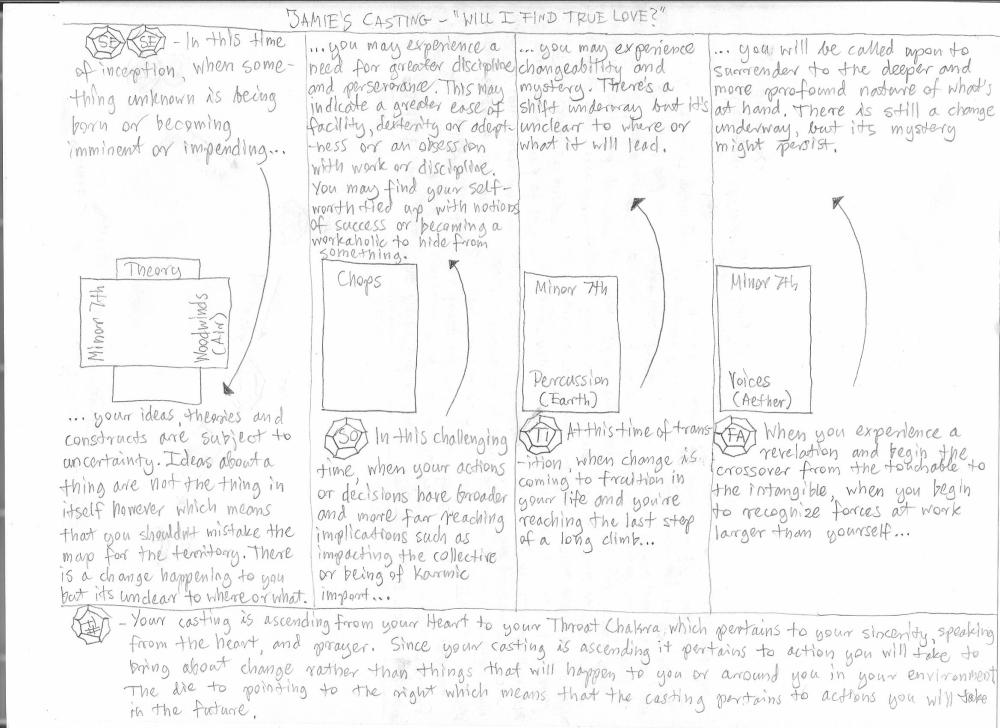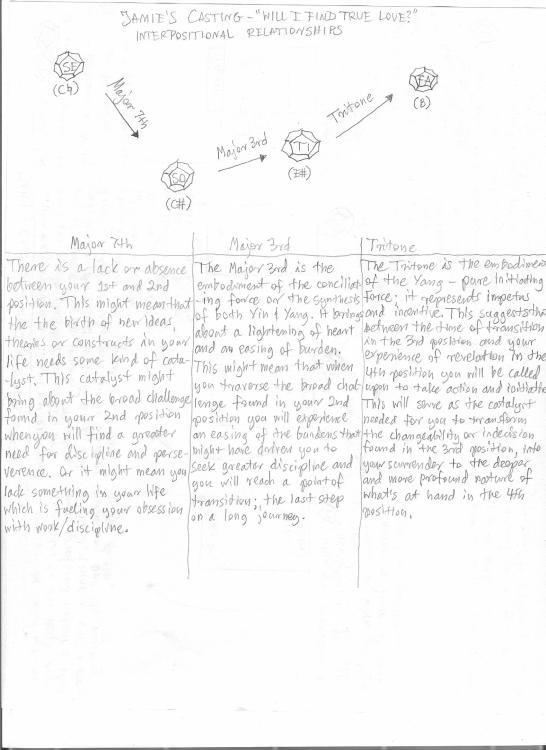Leaderboard
Popular Content
Showing content with the highest reputation on 04/12/2024 in all areas
-
Wow, this is so great! You're a gifted writer, and I really love the fact that you took to heart your goal of constructing the entire symphony from the rising then falling motif. Brilliant execution of that. I admit I heard this when you first posted, but something this massive took a while with repeated listens to really figure out what I could even say, or what I even wanted to say haha. This is just bloated with drama, and a great introduction of your symphonic prowess. I've noticed that no matter what I'm writing, part of who I am and what my personal situation is leaks out into the notes. I'm curious how personal this is to you, since it's your first symphony "no.1" (😛)? It sounds so emotional that I'd have a hard time believing it was all puzzle fitting and theory crafting. I really enjoyed the overall arch of the dynamics. Even though it was slow, as you say, it had plenty of motion and variation within it that it wasn't a bother to me. But this kind of crescendo then diminuendo of the dynamics overall throughout it's duration was really cool, and helped make it cohesive as a one movement symphony. The melodies are all superb, it's so rich in emotional depth to me. I love how you're a phenomenal string player, but you didn't make this about the violin. The tossing around of motifs and careful planning of color balance was a treat. I also can't thank you enough for hiding empty staves, it makes it so much easier to read and much more worth a composer peer's time. I love this kind of discussion. THIS is what makes people better at composition. There's no right or wrong here, just opinions from talented people. I agree with Peter in a way. I'm not sure if he meant a literal scherzando, but a change in texture would be advantageous, especially for a one movement symphony. Right at M, I love where you go here. But I think this would have been the perfect spot to build your motif in a faster rhythmic way. I love the heavy drama here, the light-heartedness might not fit. But I found myself continuing to relisten to this spot, where it builds really massively and then ends solemnly. I just kept zoning out, and I think it's because I was so used to the slower texture that my ears wanted a change rhythmically. If this was movement 1 of a multimovement work, I think it's more than fine as is. But as a one-movement symphony, it may have been something to consider deeper, and definitely for future thought. Overall though, this piece of yours hits closer to my heart than you might know, as I'm almost done with a long symphonic work that's slower... and in the same key sig... and nearly as long... But I digress. 😄 Lovely music, wonderfully clean score, and congratulations on completing your first symphony! I've listened to this numerous times now, and can say that I'll reference this when I have my own orchestration or notation questions. Extraordinarily beautiful composition 🙂3 points
-
Hello yet again! Here's another Muzoracle casting for you. (Muzoracle is a storytelling/divination tool similar to the Tarot card deck, but with cards with musical concepts and 12-sided Musician's dice and Solfege dice.) This time, Jamie asked the Muzoracle if she will find true love: My interpretation of the cards and dice are displayed below. This time I wrote a piece for flute (because the Minor 7th card at left is in the suit of woodwinds and Jamie used to play flute), piano (because the Minor 7th card in the middle is in the suit of percussion) and soprano (because the Minor 7th card at right is in the suit of voices). If you'd like to find out more about Muzoracle and how castings are interpreted go here: https://muzoracle.com/ This time I managed to stretch out the musical materials and make them last 2 minutes. It is however just meant to be an aural representation of the casting and not necessarily it's own fully fledged piece of music with different sections (that's one of the difficulties I am having is how to bring structure and contrast to different parts of the composition while still staying true to the casting). The piece is in F# since the black 12-sided Musician's die landed on F#. The solfege dice landed on Se, So, Ti and Fa and I ornamented the piece with the minor 7ths above each degree since all the cards drawn were minor 7ths. If you've gotten this far, thanks for reading and I hope you enjoy listening to this short chamber work I wrote to represent Jamie's casting. Comments, suggestions, or critiques are of course, always welcome.1 point
-
So anyway, the last time I tried to write a symphony was almost 8 years ago, and it was so terrible that it's now called Symphony No. 0 and we never speak of it. I was 15 at the time. I suppose (most) teenagers aren't generally known for writing great symphonies. But I recently tried again. This is now my Symphony No. 1. I just finished it today. It's in one vast, slow through-composed movement. I wonder if, as you listen, it is obvious who my main stylistic influences were. The entire piece is built from one motif, the three-note figure that bookends the whole thing of the rising leap followed by the falling step. I've been working on this for about six months. This symphony was the product of a lot of experimentation and often changing course on the fly. Not only have I never written this much slow music all at once before, but these are the largest orchestral forces I've ever handled, with the greatest variety of orchestral color at my disposal. It's also the first time in a while I have allowed myself the luxury of a harp, as previously I had always been wary of giving myself the opportunity to commit any of a number of common orchestration blunders. I'm enjoying the fruits of the new Muse Sounds I have gained access to by virtue of switching to Musescore. They're wonderful. They can be a bit buggy, but sometimes it's almost scary how human they sound. Curious about how this will be received.1 point
-
Eh don't rack your brain over it. I like that these are very short solilo... uh, pieces. Maybe form could be left for non-dice-related music. Or maybe your forms could somehow be derived from dice... hmm... 🤔 Anyway, this is my favorite one so far. I really liked the theme this time. But, maybe since it was randomly generated I randomly liked it... HMMM So much thinking this time, yeesh. But the theme and especially the left hand piano line were stunning. Maybe take from these when you're done and develop cool ideas further for future pieces? Overall though, definitely enjoyable to hear. Maybe the flute could have faded out with the other instruments, it kinda dragged a bit at the end to me. Thanks for sharing!1 point
-
Hi @Aria Donn, I love this so so so much!!!! Not because it’s in my favourite C sharp minor, but the tragic emotion, the struggle, the hope for brightness and the disappointment is so authentic and honest here. It’s a long slow movement in 18 minutes but I never feel a single moment that is boring, since anything which has real and honest emotion is almost always worth listening to. For me I love the coherence of the movement. Even though the motive is not really strict in a Beethovanian sense, it definitely provides the tragic sound with that sighing of minor 2nd and your clash of minor 2nd (which I use in my pieces too!). The orchestration is masterful for me. Your string writing is of course masterful given how great you play violin, but your Tchaikovskian use of woodwinds and Mahlerian brass is so great a combination in different passages. I love section G onwards very very much since you invite a lot of counterpoint here and I love all those dissonance. Definitely see the influence of Bruckner here with that famous C sharp minor slow movement. The climax in section Q is so so well built, as well as the cooling down of it for quicker note values! For the ending maybe I will invite some Picardy chords before having it crushed by the tragic C sharp minor, thus making the fate more cruel and tragic!! But that’s subjective. I totally agree with your choice here. A scherzando section will ruin the tragic aura of the piece and make it a cheap soap opera! It would be strange to invite some unwanted contrast when the main body itself is so well built and logical. I love your total darkness with a bit of light here very very much. Maybe I love C sharp minor too much, I personally feel like it can stay longer at the beginning! I think the A major contrasting passage gets in a bit early in section C! But that’s personal. Thx so much for sharing your masterpiece here Donn! I enjoy every second of it and I wish it’s just a slow movement of a huge symphony like Bruckner’s 7th, so I can enjoy more from it! Henry1 point
-
I originally wrote the beginnings of a scherzando section that was going to appear at M, but I eventually scrapped it and put in what is there now. So it's definitely a thought I had, but I rejected it. I didn't think it fit. It broke the dramatic arc for me. I don't know very much of the oeuvre of either Bruckner or Sibelius, though I've started trying to explore Bruckner more recently and I am at least consciously aware that at times his influence did start to make itself felt as I got into the middle and end of the symphony. However, a much nearer and dearer inspiration to me is Mahler, and Tchaikovsky was on my mind heavily when composing the dance-like sections, despite me not really being aware of any specific piece by him that has those characteristics. I wasn't aiming to emulate any particular person though, so I could very well have created a hybrid style.1 point
-
I don't usually like slow movements but this is quite captivating! Once the triplet subdivisions come in it doesn't sound that slow anymore. You seem to have gotten the hang of Musescore pretty well! I find it hard to discern the theme in such slow music though and it would've been great if you had included a scherzando section for contrast. I know you subdivide the music in various ways, but those subdivisions aren't thematic. Your melody is throughout the movement plodding along at the same slow rate which makes at least that part of it a bit monotonous. This review is based on just one listening of your work though so take it with a grain of salt. As to what composers you might be emulating: might it be Bruckner? Or maybe Sibelius? That's just a stab in the dark LoL. Thanks for sharing!1 point


.thumb.png.8b5b433a341551e913a34392660bc95b.png)




